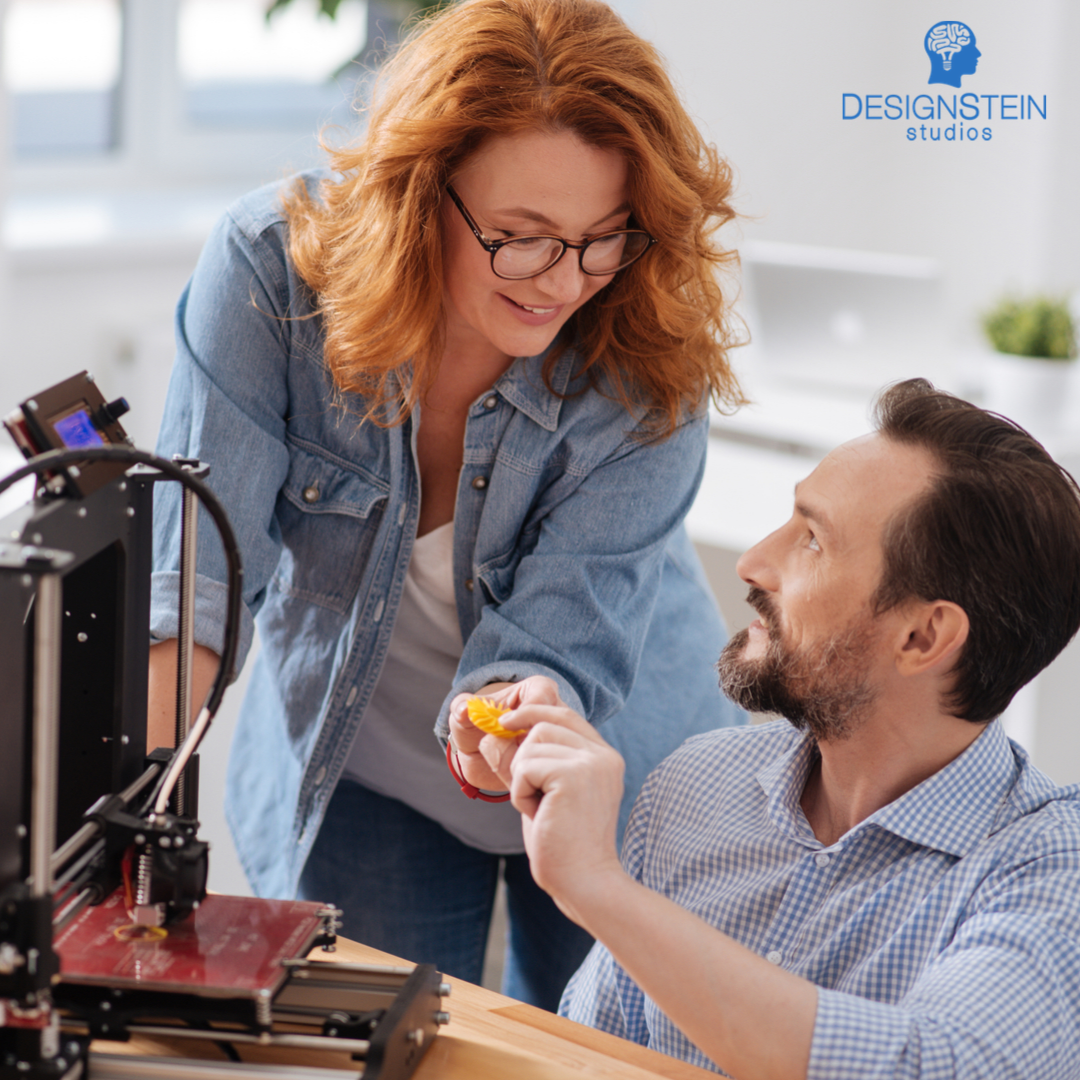Experts suggest that through the process of industrial design services, manufacturers can leave customers with a very satisfactory experience each time they use a product.
Industrial designers often create aspects of a product with the goal of engaging and forming emotional connections with the end-user. The designers integrate all aspects of function, fit, and form while optimizing them to ensure the best possible user experience. They also provide visually appealing designs that can stand the test of time. Designers combine their creativity, skill, and knowledge to ensure that the product they create is ergonomically suited to fit the user in their natural state, including its functionality and interface.
Designers can often ensure that these features will determine the long-run success of the product in the market. In a consumer-oriented market, more often than not, all of the businesses that choose to leave the industrial design aspect to the end of the engineering life cycle will struggle to achieve success.
Today, however, industrial designers face more challenges than ever before, similarly to how manufacturers now face more competition and faster development cycles. At the same time, consumers are becoming more perceptive and competition in the global market is substantially rising. In this rapidly expanding digital world, engineering and design teams are becoming more geographically spread and most of these processes are being outsourced.
Globalization allows industrial design service providers to take both human factors and demographics into account throughout the design phase. They do not just consider parameters like age, gender, race, status, and location when catering to a worldwide audience, they consider various preferences, belief systems, infrastructures, and expectations of consumers.
As such, most of the industrial designers today are under pressure from every angle. They need to efficiently operate in a more fragmented development environment while creating products faster without compromising on material and style.
During the development process, the role of an industrial design service provider is to establish the product’s design language; it’s identity as well as its corporate branding. Designers play a vital role during the development process because they know the consumer preferences as well as market insights. While most people will hardly remember the preferences of their friends and family, a great industrial designer has in-depth knowledge about the preferences of their target audience. With a much deeper understanding of the market trends and consumer needs, they are able to bring a creative design element to the development process. This element is very critical, more than ever before, to an increasingly globalized market.
To create innovative designs that are affordable, manufacturable, and functional, experts of industrial design services need to work with and address the needs of stakeholders throughout the product lifecycle including engineering, manufacturing, management, and marketing teams. A professional industrial designer needs to be able to offer several product options and be flexible enough to work closely with several teams of engineers to manage costs using various functions, materials, and techniques.
To make this happen, the industrial design needs to be done in the early stages of product development. As new requirements and opportunities arise, industrial designers must be flexible enough to accommodate the frequent changes in their product creations. A distinctive design gives businesses a significant competitive advantage across all industries. However, in today’s competitive market, functionality, fit, and form are equally as important as these parameters play a vital role in defining the customer satisfaction level. To have seamless customer experiences, the industrial design process has to be adequately integrated into the overall product development cycle.
Experts of industrial design services are encouraged to design more freely at the beginning of the development process while providing manufacturing and engineering teams with early visibility into the design concept. This allows these teams to produce viable and necessary feedback before the critical design decisions are made. In the same pattern, visualization of data at every level makes it possible to speed up the design decision making while reducing product development time. This visualization tool allows designers to dynamically evaluate the aesthetics and the total impact of the design. It will help them understand how the product will look at its final stage and how it will be perceived in a very digital, immersive environment before any prototypes are created.
Another element that can significantly benefit the design process is the concept of design reuse. Typically reuse is only considered relevant to engineering aspects of the development process, however, an integrated design platform offers specific capabilities that designers can leverage as well. All the data can be reused during the product development process when separate groups are able to work simultaneously in an integrated environment. This assists in accelerating the design process by allowing multiple designers to capture unique elements and provide a means for them to be easily reused.
Moreover, the key elements for the success of design development are integration, collaboration, and flexibility. A collaborative and integrated platform can work together to synchronize a design’s function, fit, and form while taking into consideration all other elements that play a critical role in the concept-to-market process. More exceptional support through the early design process can result in improved quality and design productivity.
Creating the right product for the market is challenging for most companies today due to the fluctuating and global aspect of the marketplace. To achieve this, companies need to have better collaboration across all product disciplines. Working through faster design iterations while capturing and reusing knowledge during the early stages of product development, is the best way to work with an unpredictable market. This will encourage companies to operate more optimally, changing the traditional way of doing business and moving towards integrated solutions.

